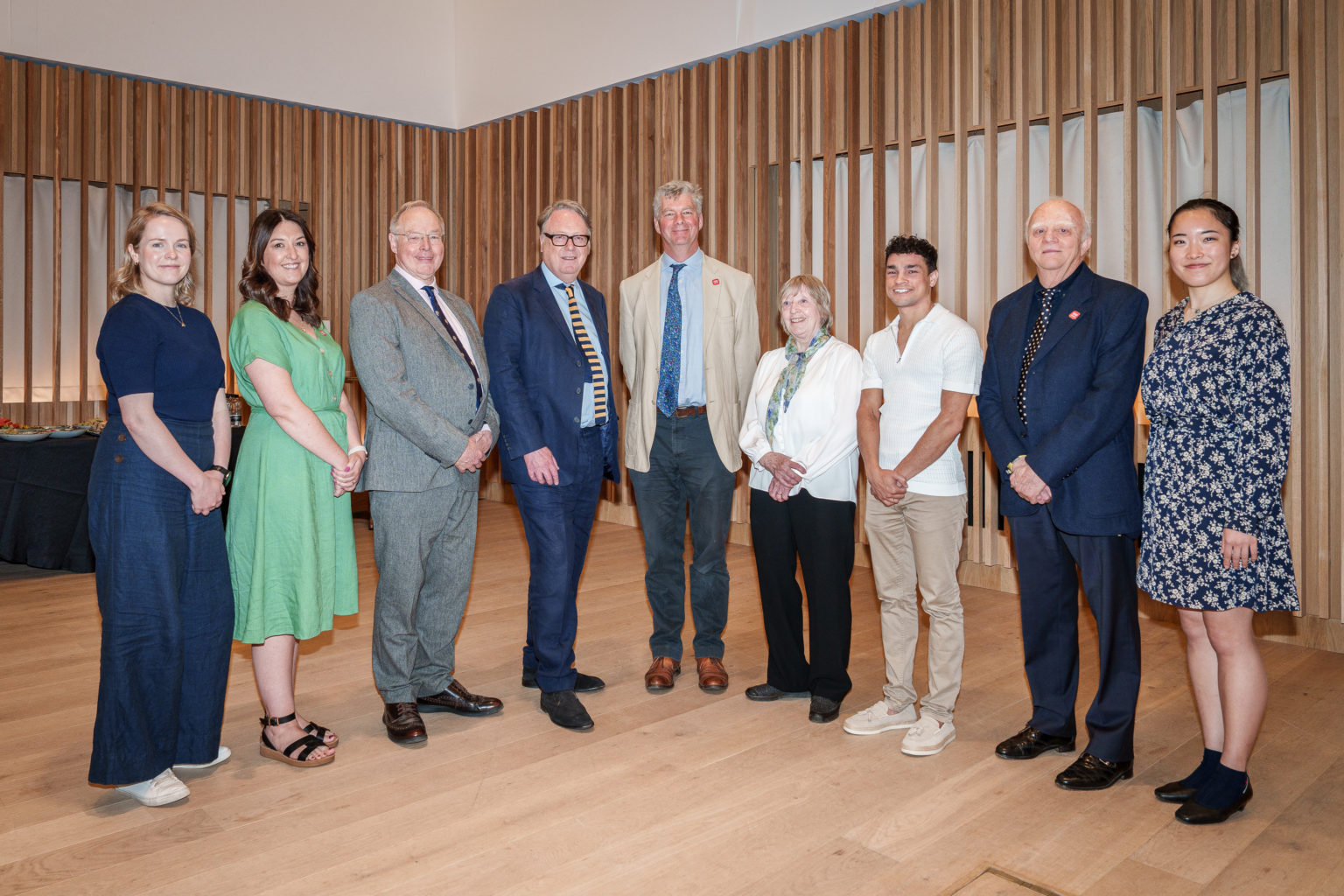In the latest instalment of the Historic Environment Forum’s Sector Resilience Interviews series focussed on the theme of Governance, we hear from Liz Power, Director of Historic Buildings & Places.
Please tell us a bit about yourself and your role.
I’m Liz Power, Director of Historic Buildings & Places. We are one of the National Amenity Societies and we are an advice giving charity about planning and listed buildings. We are 100 years old and a few years ago we changed our name to Historic Buildings & Places from the Ancient Monuments Society. I have been in the role almost two years as director and one of the reasons for my recruitment was to work on the governance of the organisation.
What can you tell us about your work in relation to Governance? What does this work aim to achieve?
The work to update the governance of Historic Buildings & Places started at the trustee board before my appointment but has been something I have focused on over the last two years. The reason for this being such a focus is to update the charity and make it better equipped to work to protect heritage going forward.
One part has been moving the charity to be a CIO (charitably incorporated organisation) and this has been a long legal process, working with our members and legal advice to set up and new charity in the model of best practice as advised by the Charity Commission.
The second aspect has been about updating the board of trustees’ ways of working, bringing in trustees term limits, and running an active programme of trustee retirement and recruitment which will take several years to complete but has so far given us 7 new trustees including a new chair.
What contribution will this make towards resilience in the heritage sector?
The aim of updating the board of trustees’ ways of working is to bring on new thinking about the role our charity can play in the heritage sector going forward. All our new trustees are of working age, with five being under 35, our youngest being 23. They all have skills and experience in heritage or related fields which they want to give to the charity, and they have been welcomed by our existing board to ease the transition for the organisation going forward.
We know the importance of the work we do as an organisation in helping people look after listed buildings, and things are fast changing around planning and with the transition to net zero so it’s vital that our organisation and therefore our governance is reflective of today’s challenges.
What does success look like for your work?
As we go forward we will be on a constant recruitment cycle bringing in new trustees every year, we also looking to support all our trustees through training, buddy systems and making sure they have a full and comprehensive understanding of the organisation, and the role of a trustee.
For us we are already seeing success with new voices and perspectives at the trustee table, which are challenging us as a staff team to think about the way we take the charity forward.

How can sector colleagues get involved or find out more?
I think it’s really important that in the heritage sector we support each other, and already I have had lots of people approach me to talk about the governance journey we’re on and how they might do similar within their organisation. I’m always very happy to talk to people about our process and the fact that it’s worked and it’s OK, it seems scary to start with but it is well worth it.
Overall, what do you think is most crucial for ensuring a resilient heritage sector?
I think that governance is incredibly important for a resilient heritage sector and we need our heritage charities led by people who reflect the communities of our country, who are interested in what we do but with a broad horizon, and understand the challenges of running charities that deliver the work of the heritage sector.
This Sector Resilience interview was shared by Liz as part of our Heritage Sector Resilience Plan activities.
If you’d like to contribute an interview as part of the series, follow the link below to find out more:

